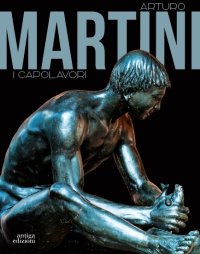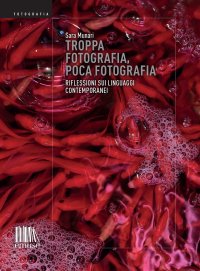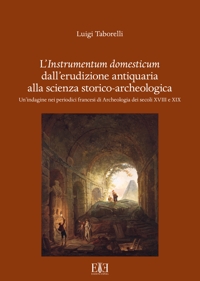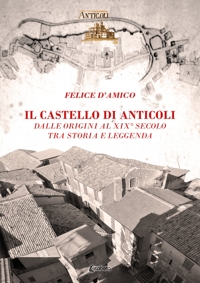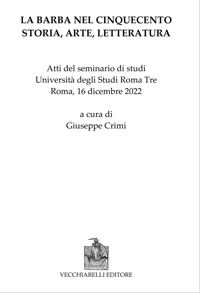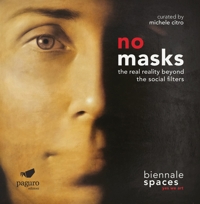Arturo Martini. I capolavori
Treviso, Museo “luigi Bailo”, March 31 - July 30, 2023.
Edited by Stringa Nico and Fabrizio Malachin.
Cornuda, 2023; paperback, pp. 278, col. ill., cm 23x29.
cover price: € 33.00
|
Books included in the offer:
Arturo Martini. I capolavori
Treviso, Museo “luigi Bailo”, March 31 - July 30, 2023.
Edited by Stringa Nico and Fabrizio Malachin.
Cornuda, 2023; paperback, pp. 278, col. ill., cm 23x29.
FREE (cover price: € 33.00)
Studi su Arturo Martini. Per Ofelia
Edited by Matteo Ceriana and Claudia Gian Ferrari.
Milano, Atti del Covegno, 19 maggio 2008.
Milano, 2009; paperback, pp. 136, 97 b/w ill., cm 17x24.
FREE (cover price: € 29.00)
Canova. L'invenzione della gloria. Disegni, dipinti e sculture.
Genova, Palazzo Reale, April 16 - July 24, 2016.
Edited by Giuliana Ericani and Franceasco Leone.
Roma, 2016; paperback, pp. 306, col. ill., col. plates, cm 23x30.
FREE (cover price: € 35.00)
Pier Francesco Mola (1612-1666). Materia e colore nella pittura del '600
Ugo Bozzi Editore
Roma, 2012; bound in a case, pp. 400, 350 b/w ill., 150 col. ill., col. plates, cm 25x29.
ISBN: 88-7003-051-2 - EAN13: 9788870030518
Subject: Essays (Art or Architecture),Monographs (Painting and Drawing),Painting
Period: 1400-1800 (XV-XVIII) Renaissance
Languages: 
Weight: 3.68 kg
The favour he enjoyed from the Pamphilj during the pontificate of Innocent X (1644-1655) and the Chigi in the reign of Alexander VII (1655-1667), the protection of Cristina of Sweden, as well as the commissions he received from among the most prominent noble houses (Costaguti, Colonna, Omodei) are effective evidence of the consensus Mola managed to secure in Rome from about 1650 up to the end of his life, which culminated in 1662, with his election as principe of the Accademia di San Luca.
The flower painter Abraham Brueghel, testifies in a number of letters to prince Antonio Ruffo to the myth of Mola. On the 22 May 1665 he wrote that among all the painters active in Rome 'Carluccio [Maratta] and Mola are the most highly esteemed' and after Mola's death, on the 20 November 1670, he laconically declared 'here his reputation is that of first Painter in Italy'.
His vast studio, the considerable quantity of copies after his works that still circulate in the market, are present in public and private collections and the influence he exerted on generations of painters into the nineteenth century, are a clear reflection of the uninterrupted success of his achievement as a painter.
Mola was certainly one of the least orthodox artists among the varied ranks of the Roman Baroque. His ambition was to assert himself as a complete artist. He not only worked in the most prestigious creative sphere of history painting, but also in what some circles considered lesser genre, like landscape and portrait painting.
The great modernity of Mola's painting is demonstrated by the fact that Delacroix advised his pupils to make copies after his works. Mola's painting carries an impressionist force, played out through his Guercino-inspired, neo-Venetian use of colour: his creation of pictorial effects a macchia appear to anticipate the realist painters of the nineteenth century.
After Richard Cocke's now amply surpassed monograph of 1972, the exhibitions in Rome and Lugano, 1989-1990, and at Ariccia, 2005, have recorded significant progress in studies on Mola; they have also revealed new information on his studio and pupils as well as on the significant extent of the master's influence both on landscape and figure painting. Scholars have therefore long awaited an up-to-date monograph on the artist, that brings together the results of recent research and highlights Mola's pivotal role as an undisputed protagonist of seventeenth century European art.
Sara Munari € 17.10
€ 18.00 -5 %






